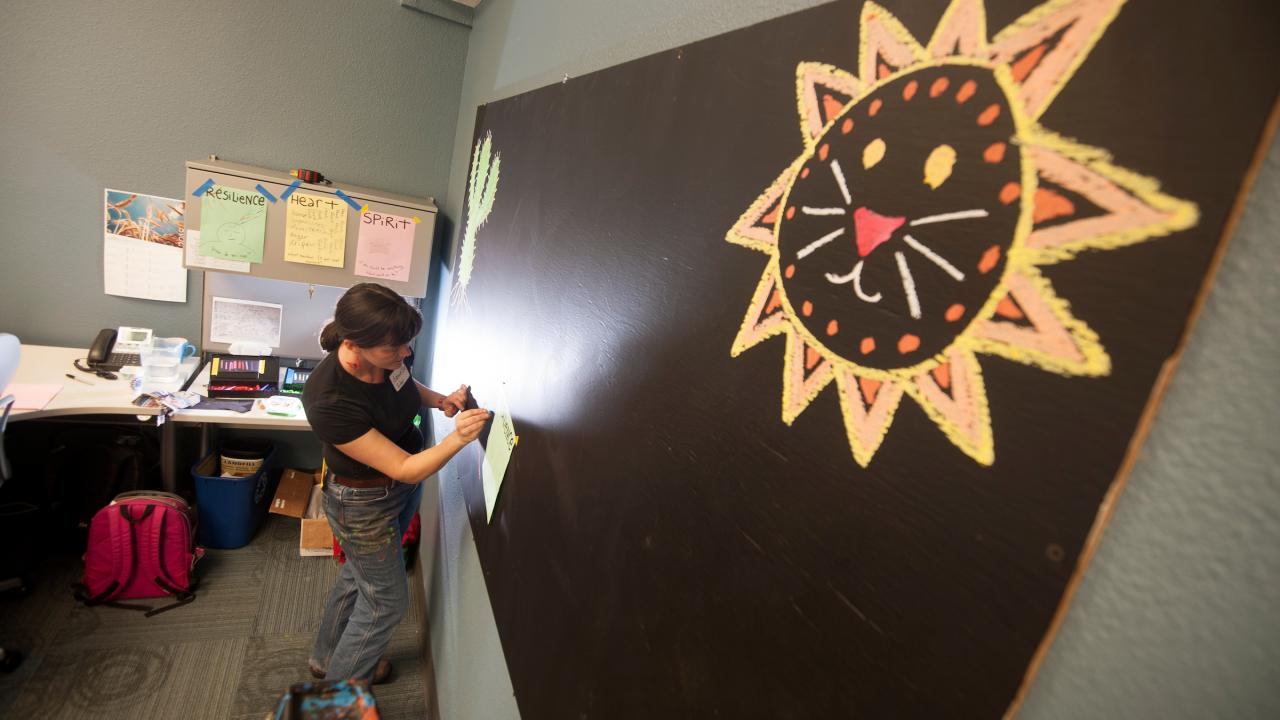PUBLIC: A Journal of Imagining America has published its fifth anniversary issue: Public Scholarship, Place, and Proximity: Imagining America at the University of California at Davis, guest edited by Erica Kohl-Arenas, faculty director of Imagining America and associate professor of American Studies, and Robyn Magalit Rodriguez, professor of Asian American Studies, both of UC Davis.
Imagining America, a national organization, made UC Davis its home in 2016. Since then, they have focused much on the interaction of the university, its agricultural history, and its interaction with and research in the Central Valley through arts, culture and science.
This issue “investigates the opportunities and tensions involved in producing public scholarship at the intersection of a specific regional setting—California’s Central Valley. Simultaneously home to some of the most profitable agricultural producers in the world and poorest congressional districts in the United States, often described as representing a ‘poverty amidst plenty,’ the Central Valley contains many of the tensions broadcast nationally.”
Among various writings in the journal, Carlos Jackson, of TANA, or Taller Arte Del Nuevo Amanecer, and associate professor of Chicana/o Studies wrote an article exploring TANA’s roots. He provides an account of how TANA —a community-based arts workshop in the nearby city of Woodland that is connected with the Chicana and Chicano Studies Department—is, despite powerful and transformative results, not represented in formal university rewards and recognition frameworks. Jackson makes the case, according to an introduction in the journal, that even when a university embraces “community-engaged” work, well-funded and quantifiable forms of research and training are more commonly rewarded. “Tracing the lineage of TANA back to the third-world liberation and ethnic studies movements of the 1960s, Jackson illustrates why UC Davis’s community-engaged work can and should take place in the predominantly Latino and farmworker communities often underserved by an academic institution that has made major investments in the agricultural industry.”
Launched in 1999, IA is dedicated to strengthening the arts, humanities and design in higher education with approaches that foster community partnerships, public scholarship and social equity. It has rotated among various campuses in the United States.
